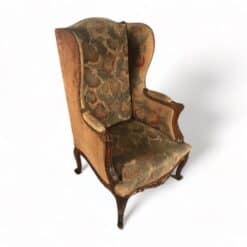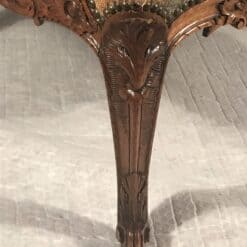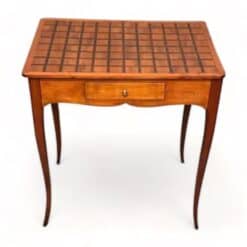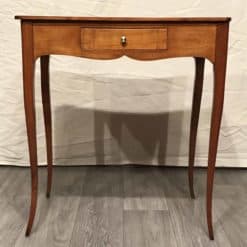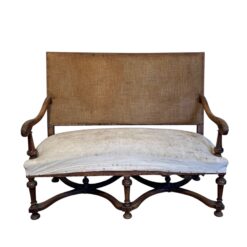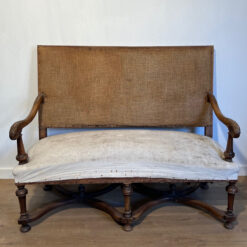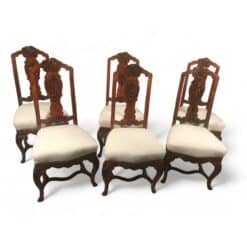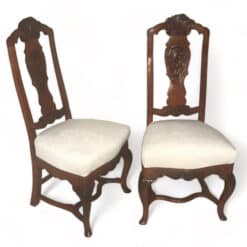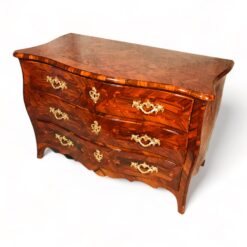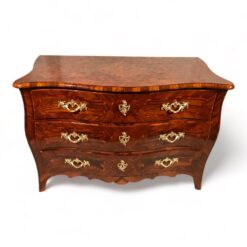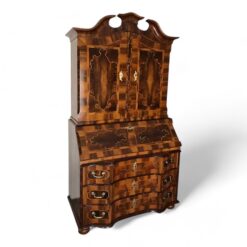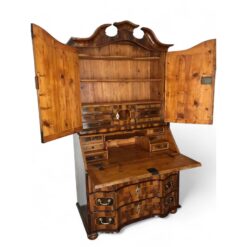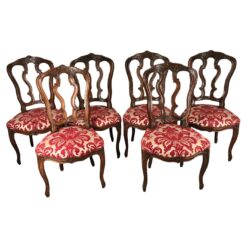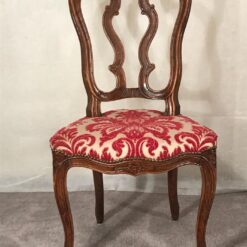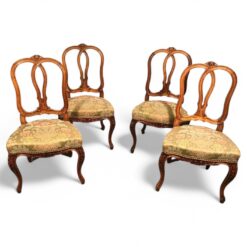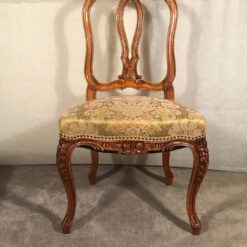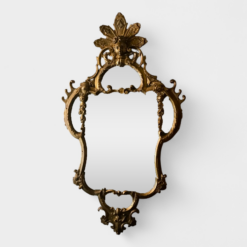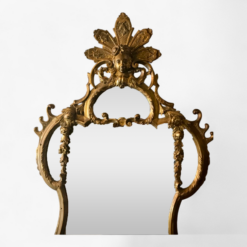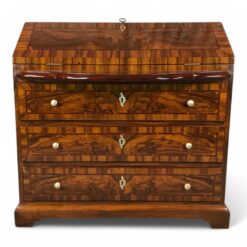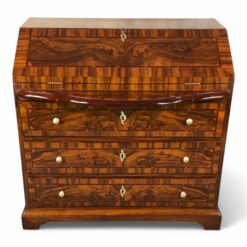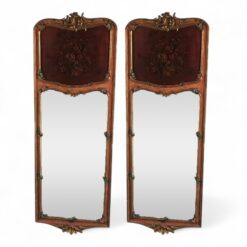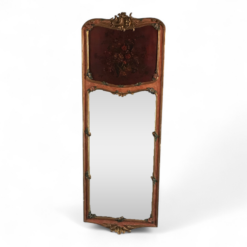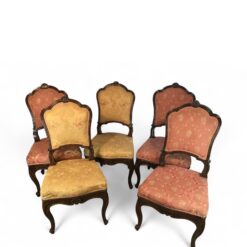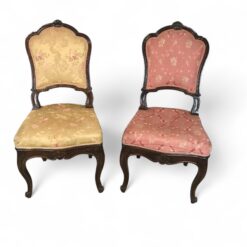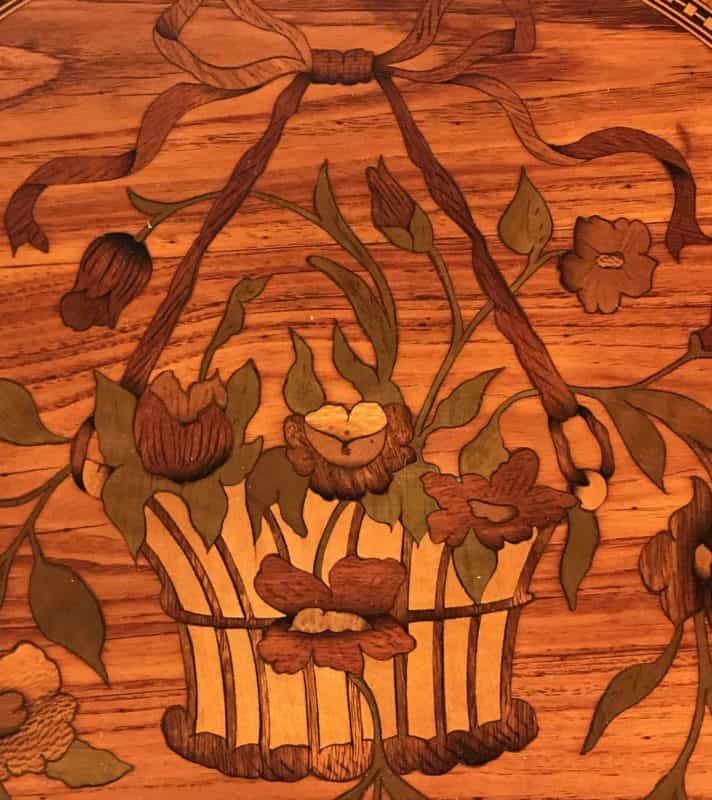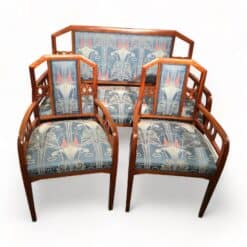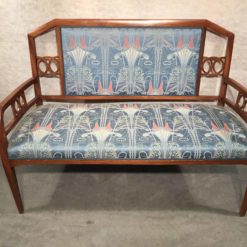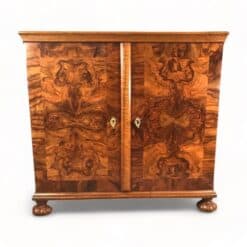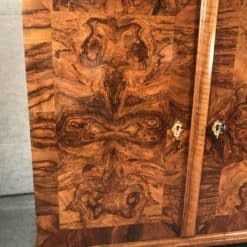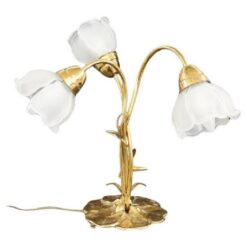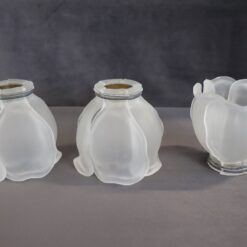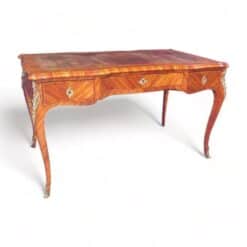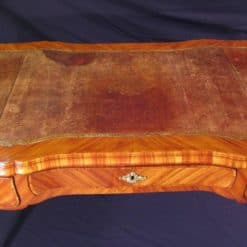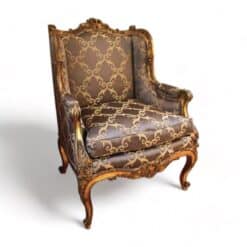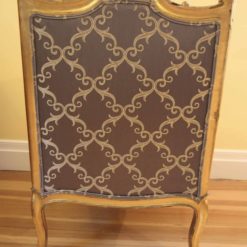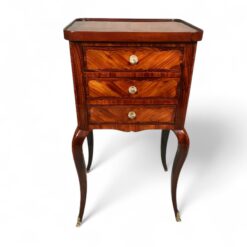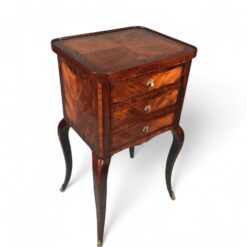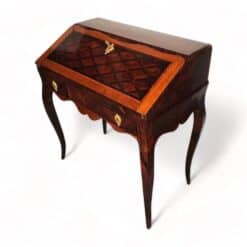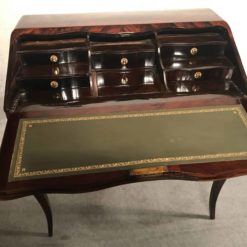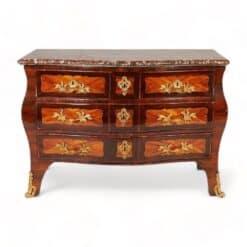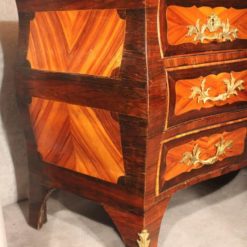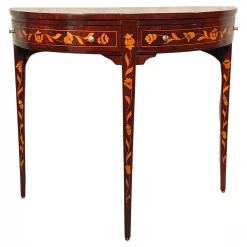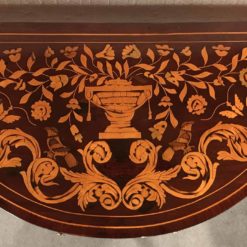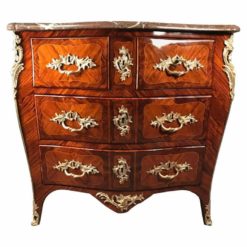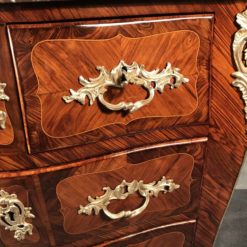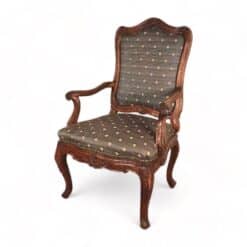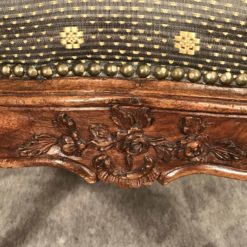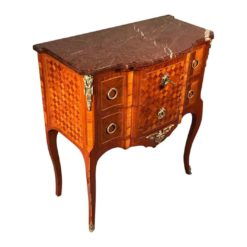Best Sellers
Furniture, Style, Styylish History
Floral Furniture: Exploring Nature-Inspired Furniture Design
Floral furniture speaks to the heart. Embracing organic qualities and nature in interior design can open up the emotional capacity of a room and make your home feel purposefully warm and stylish. And it’s a common thread that unites furniture styles throughout history.
In today’s blog, we want to explore that common thread and follow it through the ages. Indeed, floral furniture can be found in almost every furniture design period, from 18th-century baroque, up to 21st-century custom-made pieces.
There are moments of floral extravagance and florid understatement in the Styylish catalog. From whimsical explorations of nature to lavish décor gushing with flowers, the various kinds of floral furniture are as diverse as the periods they come from.
Floral Furniture: A Journey
Let us explore pieces from the Styylish catalog to trace the thread of floral furniture from the 18th century through to the present day. Note that the selected pieces only scratch the surface of the choices available on Styylish. Follow your own journey and explore the catalog on your own time, as well.
The Baroque Period: Gushing with Flowers
The Baroque Period was a time of artistic opulence, sponsored by the royal courts and aristocrats of Europe. The floral themes found in Baroque are part of that lavish tendency. Ormolu gold-laced handles and locks curl like vines. Baskets of flowers and fruit even adorn some of the more lavish pieces.
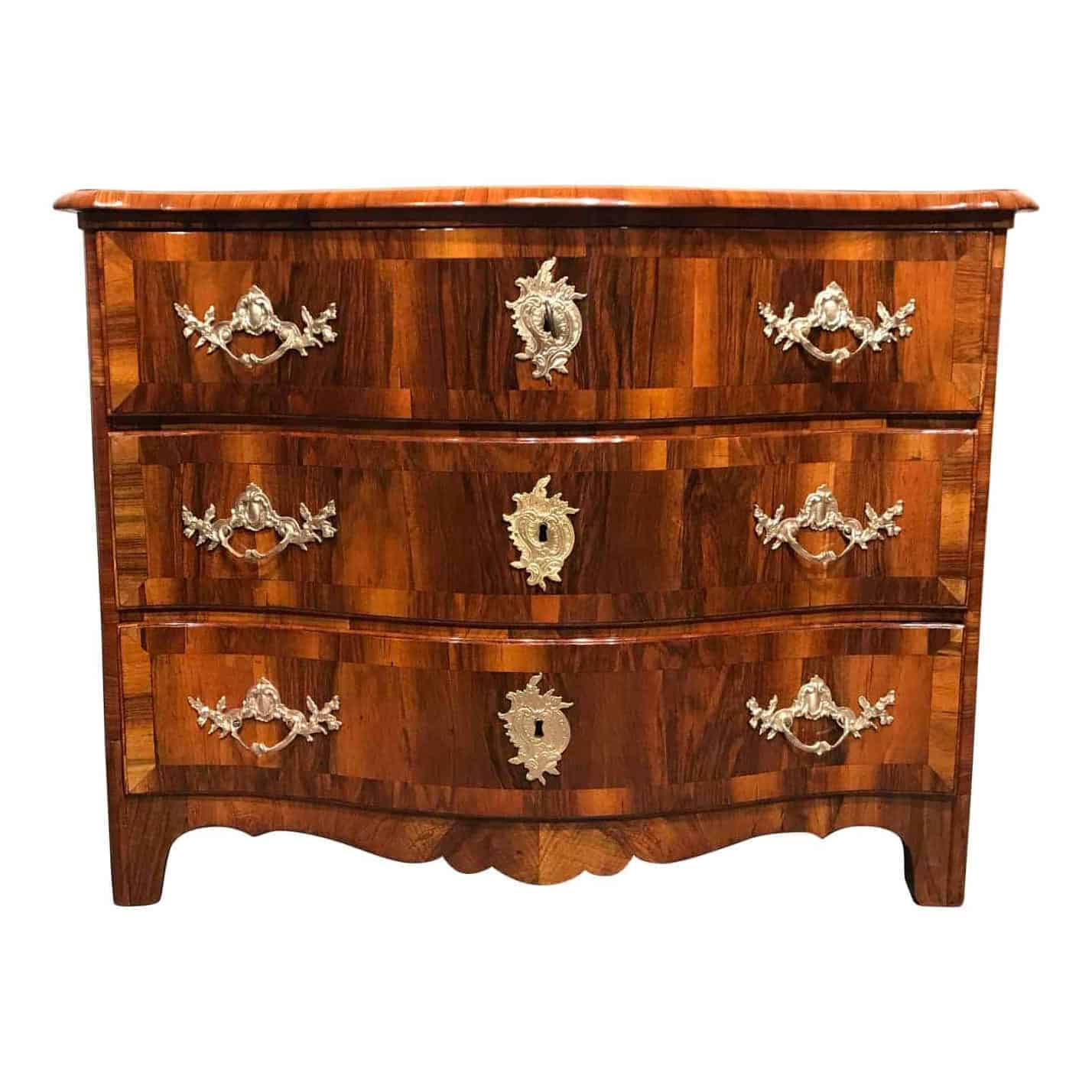
This German Baroque Dresser is a relatively understated example of Baroque furniture. But its traits showcase classic Baroque features, particularly in the gold handles and locks. It’s clearly opulent, but with a retrained respect for wood grain and color that is common for German furniture makers of the period.
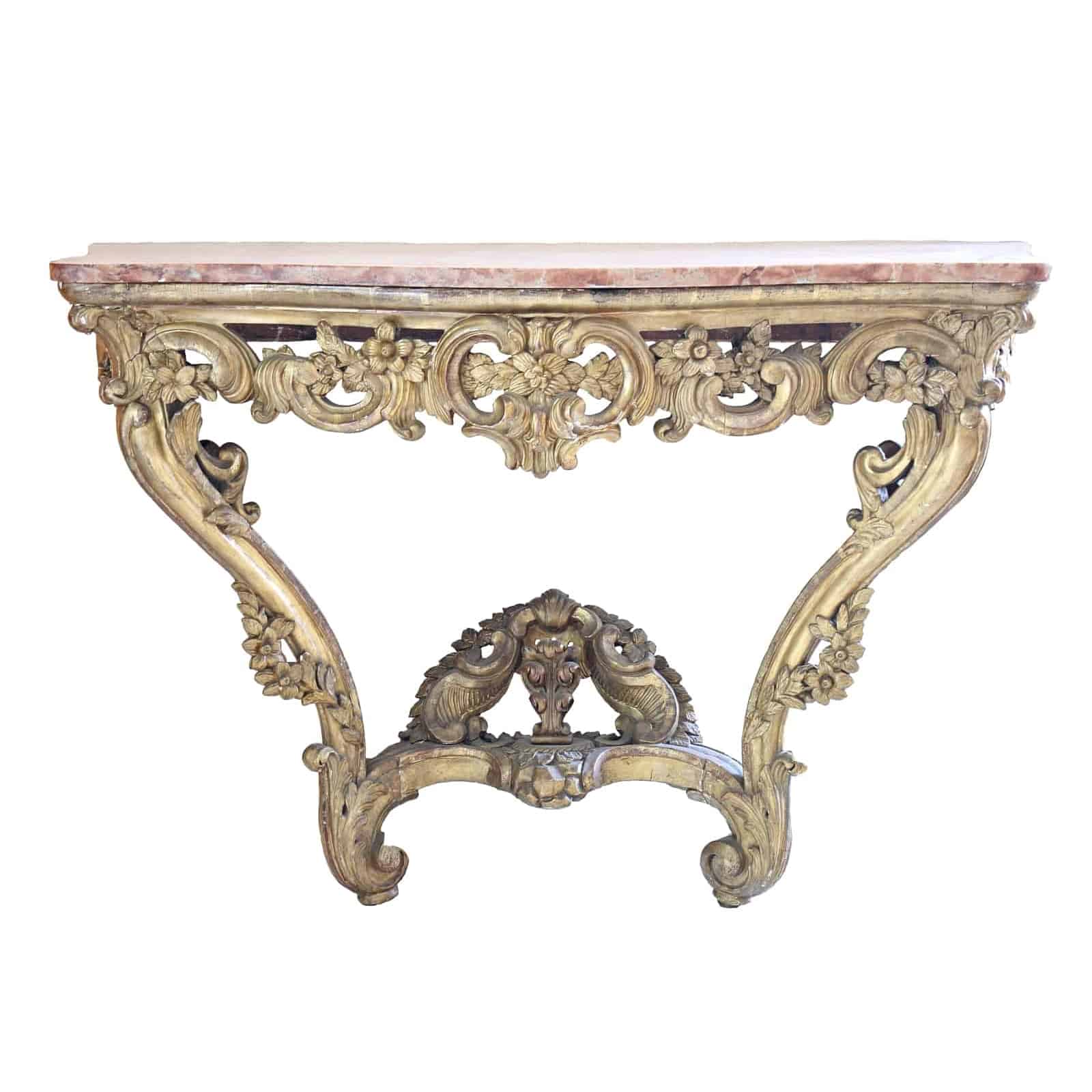
More obviously floral is this French Baroque Console. A console table ideally suited for an entryway, for example, this piece features golden-colored baskets and flowers. Indeed, the very structure of the console seems to embrace floral furniture, as the legs bend and twist like vines themselves.
The Styylish catalog is full of Baroque pieces. For a deeper dive into Baroque furniture, check out our blog post on Baroque Design from a few weeks ago.
19th and 20th Century Floral Explorations
The 19th century was initially marked by a distinct rejection of the lavish opulence of the Baroque style. The resulting Biedermeier style, in particular, was marked by a clear austerity and economy that made it approachable and accessible for a new budding industrial middle-class at the beginning of the century.
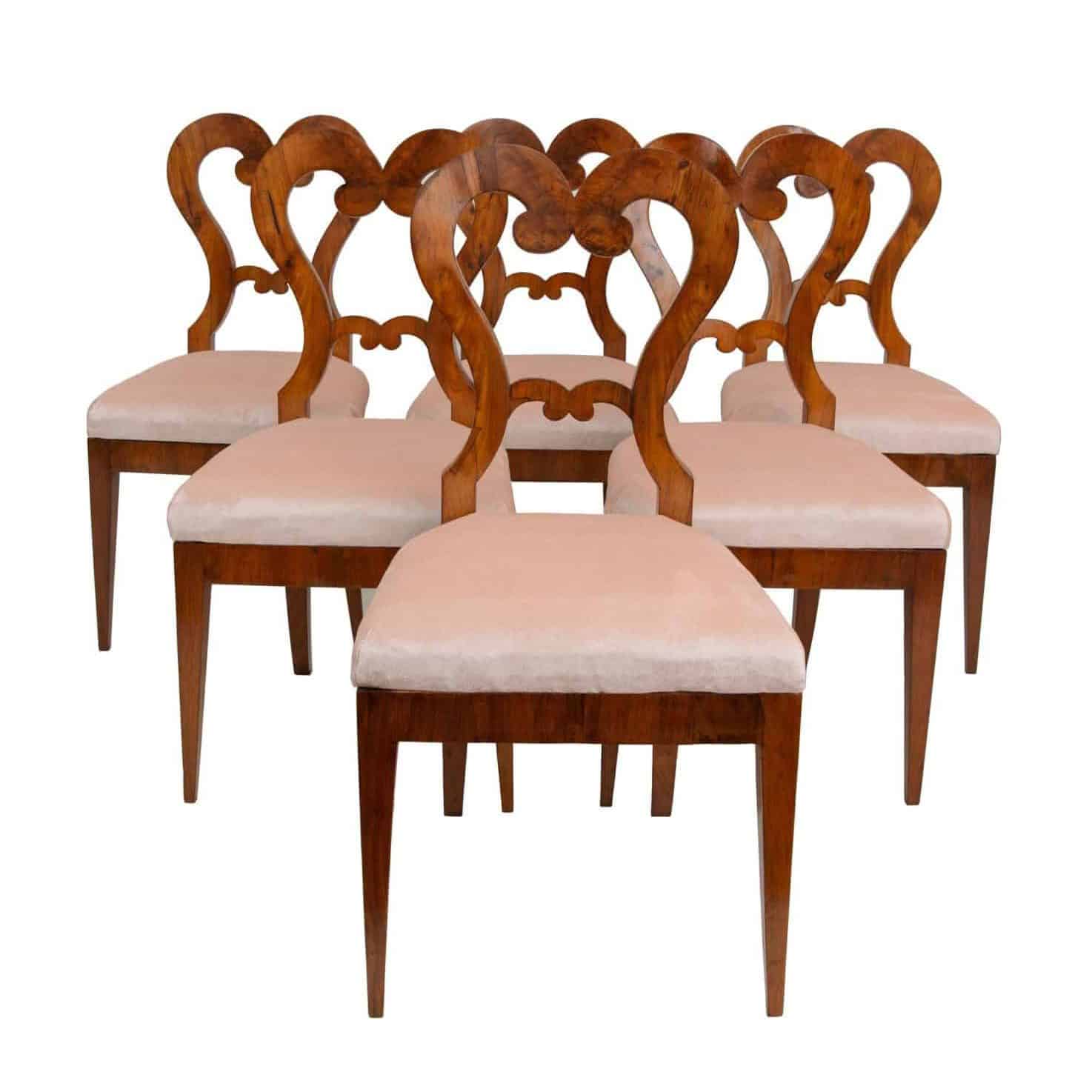
But even Biedermeier, in its wood-focused simplicity, found ways to embrace the qualities of floral furniture. These Austrian Biedermeier Chairs, for instance, have whimsically curved backs that feel nature-inspired and lend a clear refinement to the otherwise simple, unadorned chairs.
In many ways, those expressions of Biedermeier foreshadow the Art Nouveau period of almost a hundred years later. Art Nouveau embraced the Arts and Crafts Movement of the late 19th century to find new ways to incorporate nature into interior design.
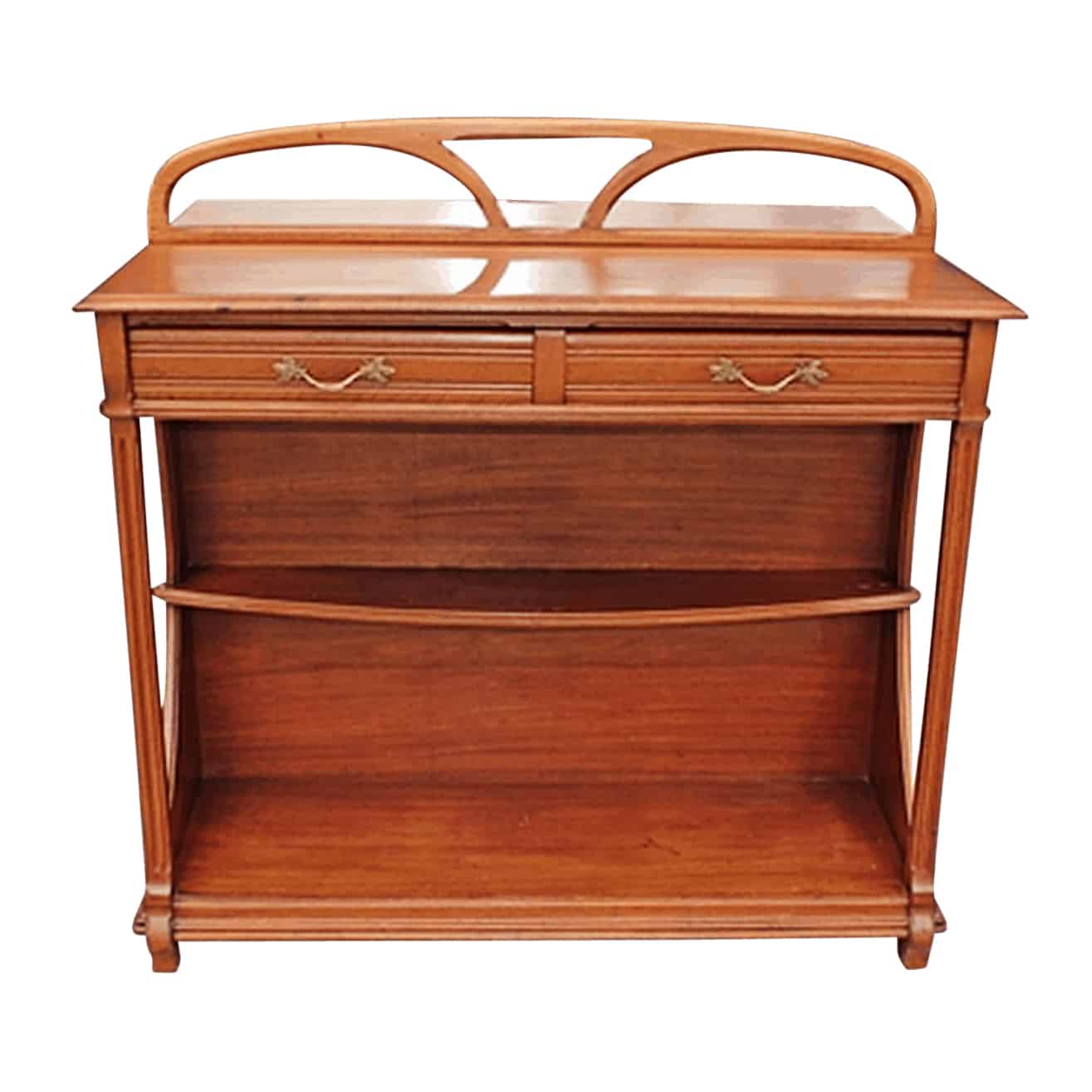
This Art Nouveau Sideboard feels connected to the Biedermeier chairs above, perhaps because of their similar wood tone or embrace of delicate wood swirls. In any case, almost a century separates these objects. The through-line of floral furniture gives us a clear sense of connection, however.
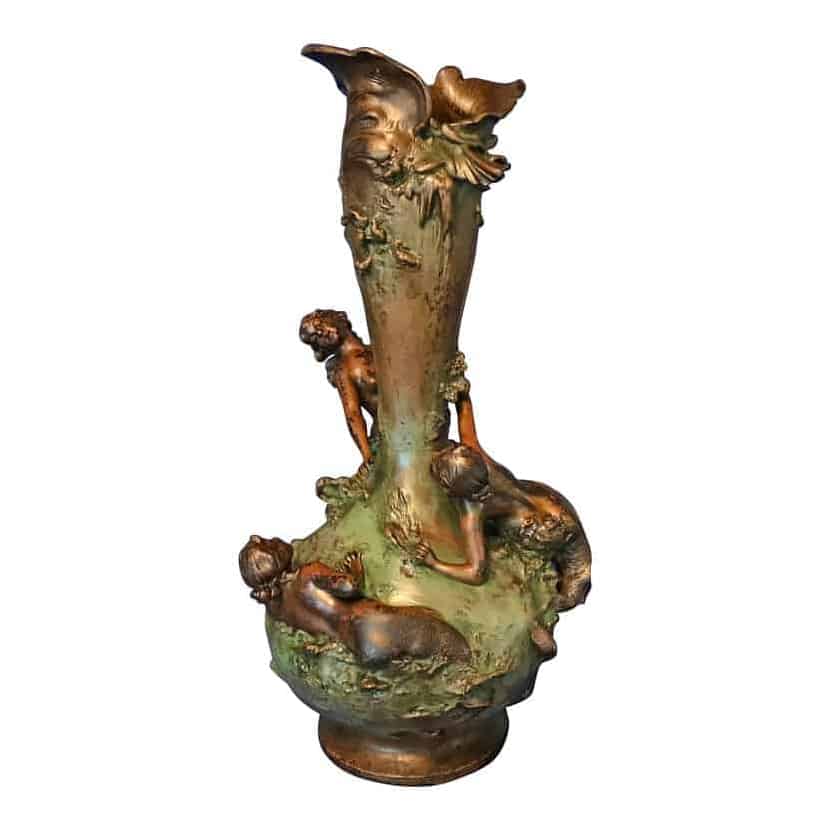
An Ignaz Mansch-designed Art Nouveau Vase showcases the active embrace of the natural world in the early 1900s. Green and brown tones fill the tree-like structure and emphasize a connection between humanity and the natural world.
A Shift in Philosophy
With the rise of urban design and industrial technology over the subsequent Art Deco and Bauhaus periods, in particular, the philosophy of floral furniture shifted. Gone were the days of natural décor – no contemporary designer would have adorned a piece of industrial furniture with vines and floral swirls.
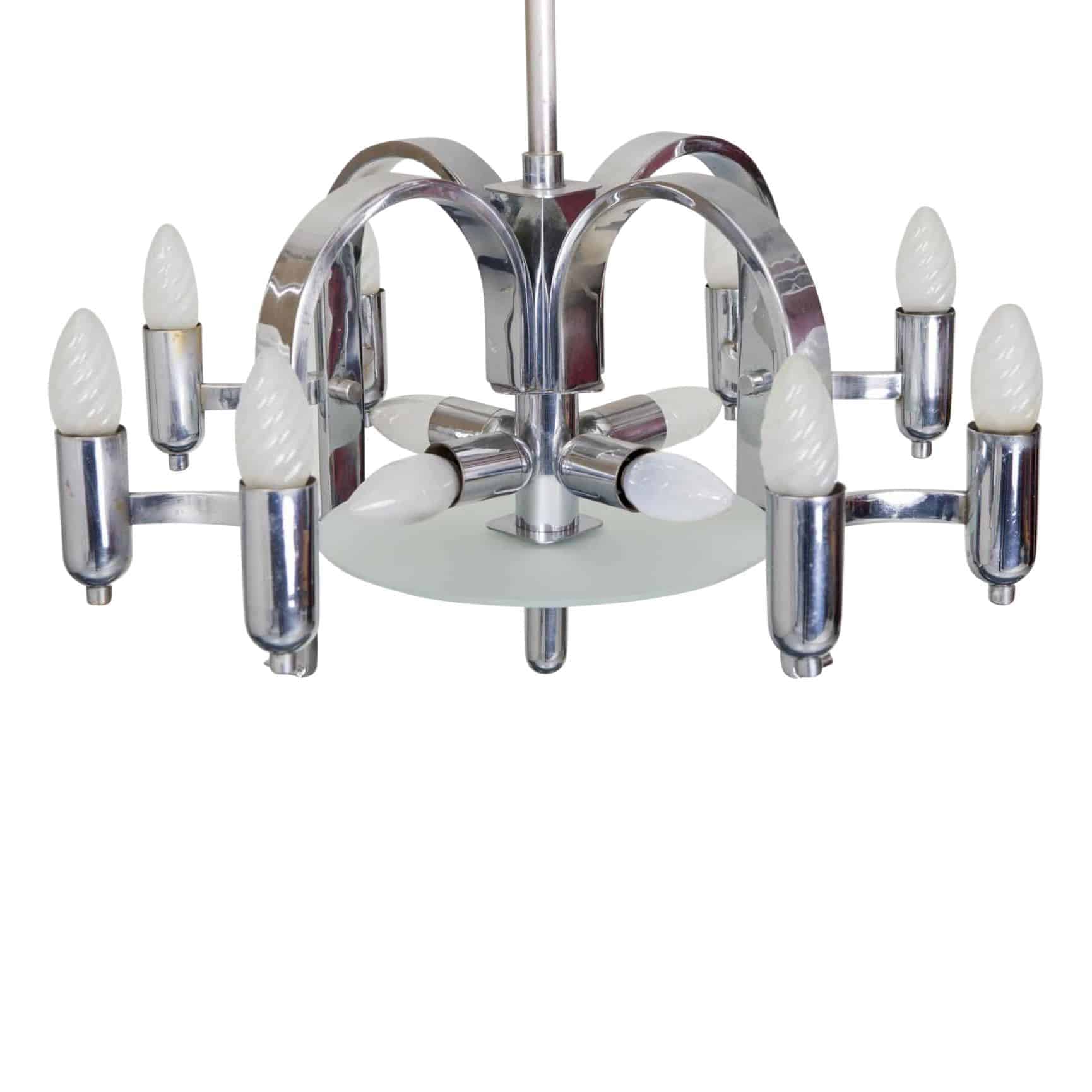
Instead, as evidenced by this Art Deco Chandelier, for instance, the natural world began to be replicated by industrial means. Rather than decorating the chandelier with flowers, the chandelier is the flower – a flower of metal and modern edges. That modern (perhaps modernist) philosophy carries through to the present day.
Floral Modernity
In the present day, floral furniture has further embraced the philosophy of embodying nature, as opposed to just featuring it as decoration. Contemporary European artisans and designers who feature their work on Styylish find much of their inspiration in natural geometry.
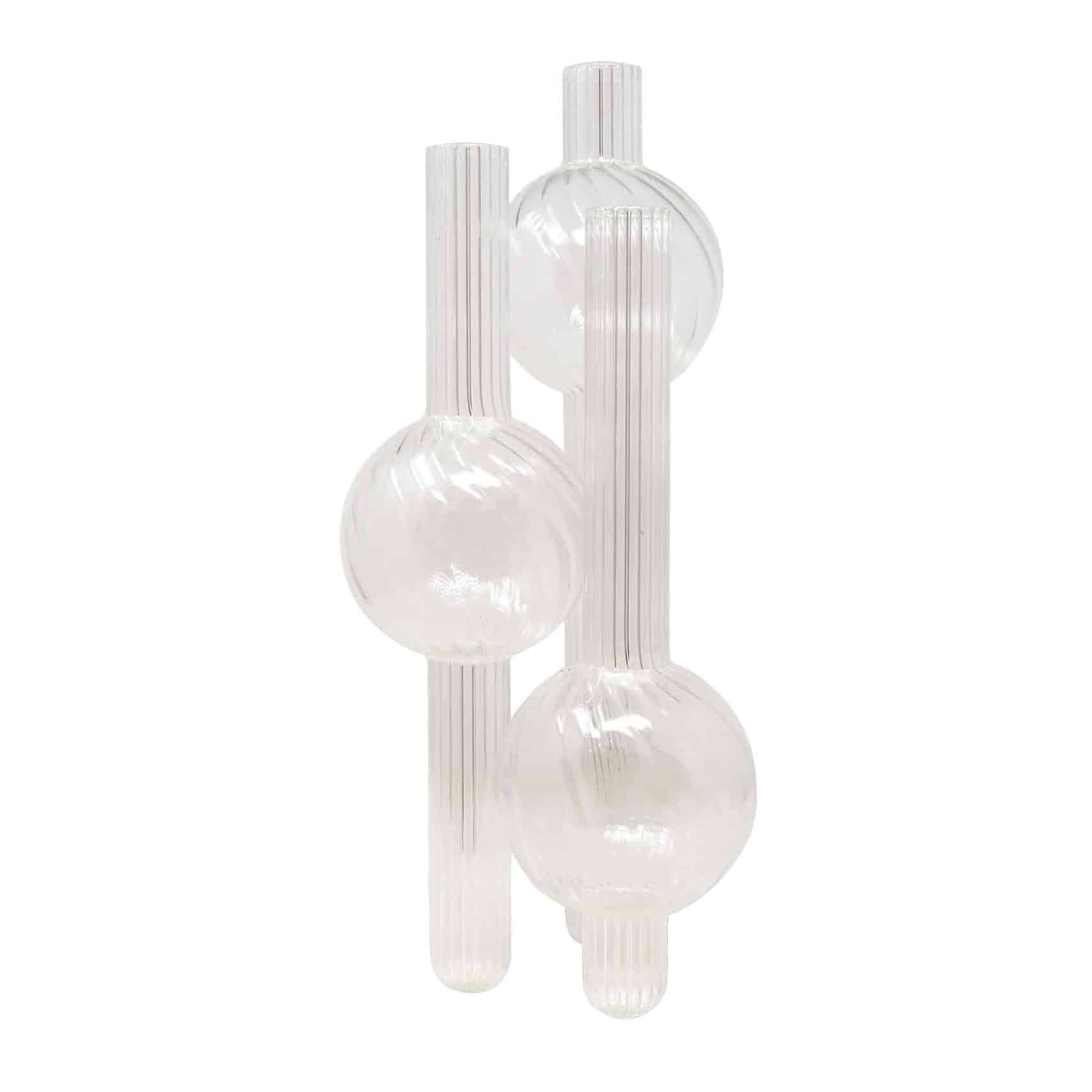
The Modern Italian Glass Vase “Big Dervish”, for instance, embraces the flower in heretofore unseen ways. Rather than embracing the flower shape, the designers of the Big Dervish deconstructed the flower into bulbs and stems.
By rearranging those pieces and combining them in an engaging manner, a seemingly impossible geometric shape emerges. This piece feels floral, too, because of its light, delicate sensibilities. Capture a new kind of natural energy with a piece like the Big Dervish.
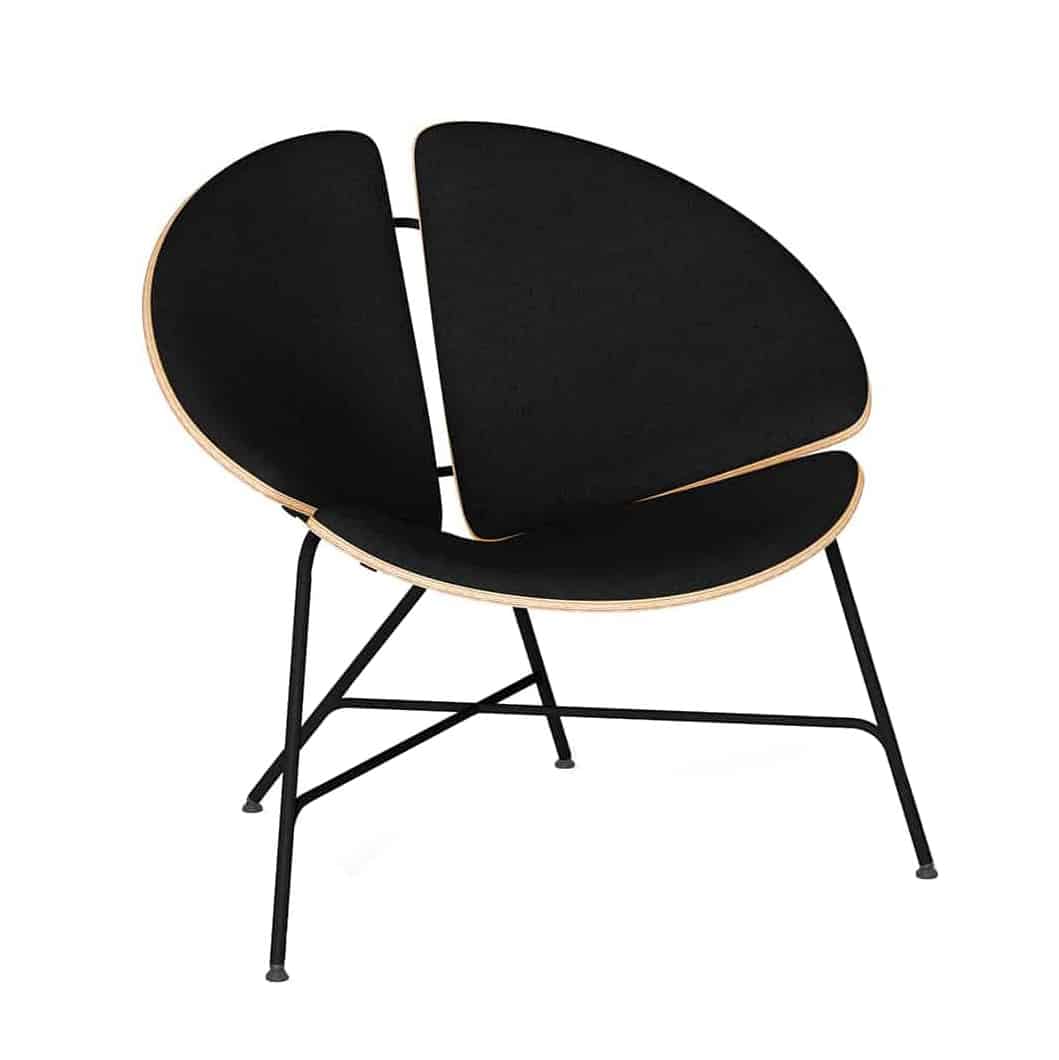
More distinctly a piece of floral furniture, the Custom-Made “Ginka” Chair is a breathtaking product inspired by a Gingko tree leaf. Rather than being an armchair adorned with leaves, the Ginka is the leaf. That represents a distinctly modern approach to seating and design combining the industrial principles of Mid-century modern with an unquestionably contemporary sensibility.
The Ginka is one of many fantastic accent chairs that variously embrace the tenants of floral furniture. Browse the Styylish catalog for infinitely more inspiration for your living room.
Floral Furniture: A Choice for Any Season
It doesn’t have to be spring for you to invest in a piece of floral furniture. In fact, you might need a little natural touch in your home right when there are no flowers around. Dive into the Styylish catalog for even more examples from the various periods that embraced floral themes. Then brighten up your home with a top-quality antique or designer piece today.

